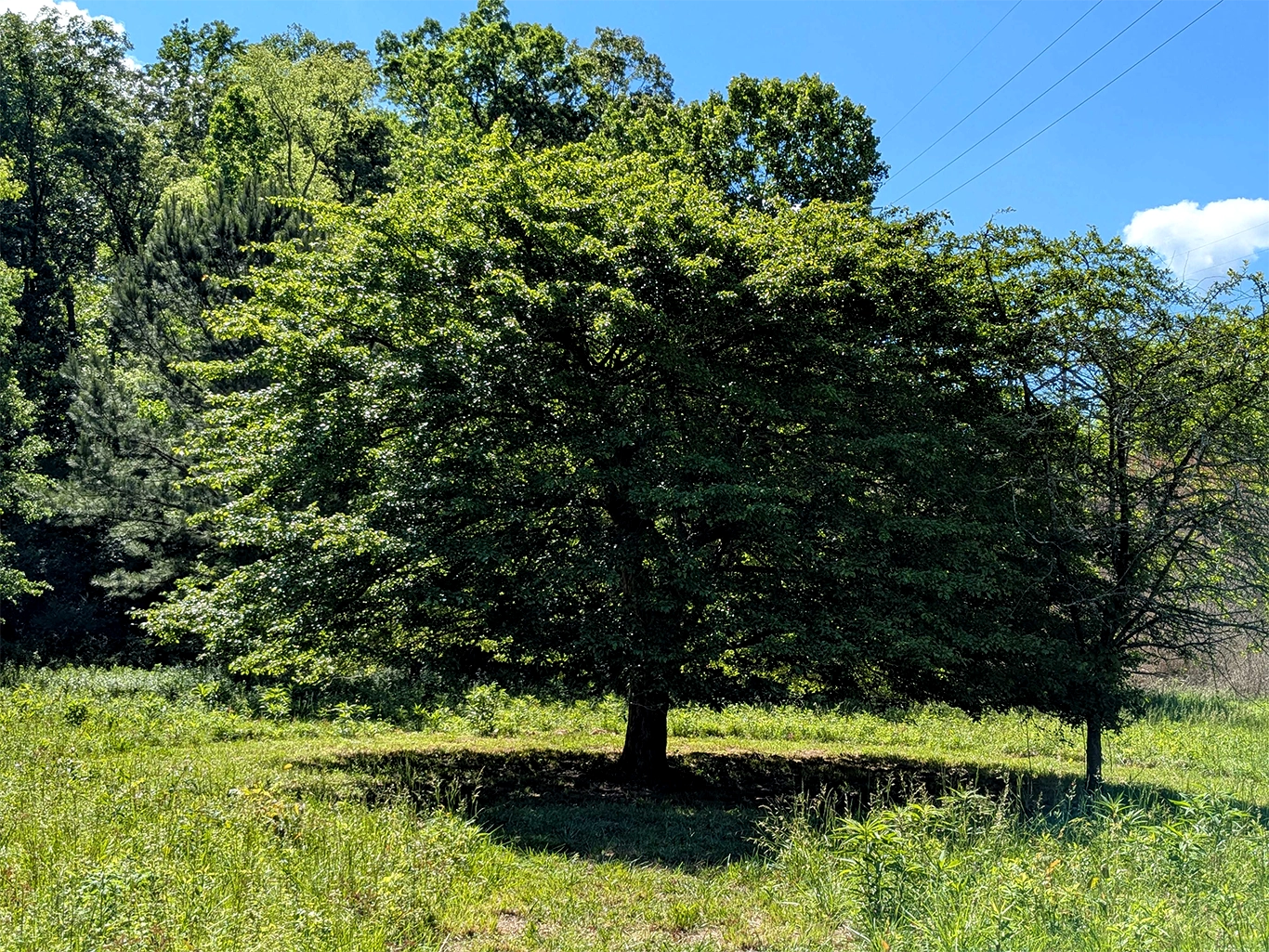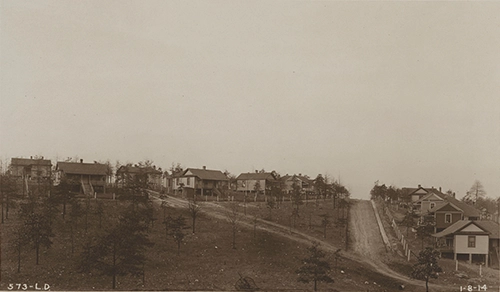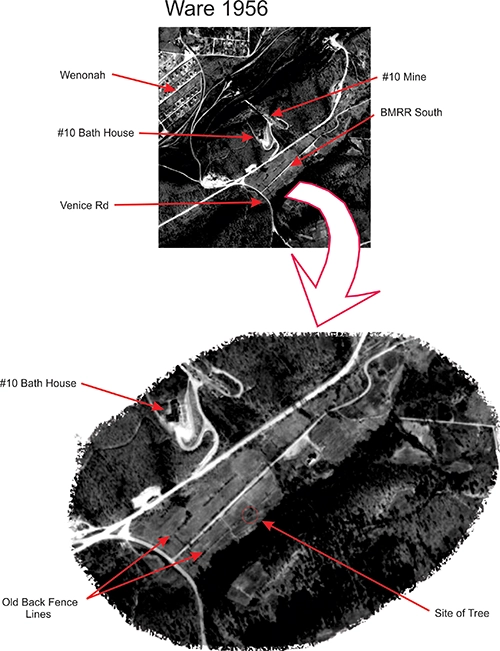


Red Mountain Park’s State Champion Tree: A Living Link to History
A passionate volunteer with Jefferson County Greenways, Larry Stephens has long admired the tree and decided to nominate it for this special recognition. His curiosity about its significance led him to research the tree's history and discover its legacy includes more than just its size - it's a living monument to a past time.
A Tree Through Time
By Larry Stephens
In the last decades of the 19th century, a growing country needed iron. Several family-owned companies initiated mining operations along the top of Red Mountain. First on the surface, then from hand-dug drift mines, and finally following the ore seams into deep shafts. As the industry expanded, an increasing number of workers were needed. The call went out to the rural South that there was an opportunity for a better life.

Photo from a U.S. Steel collection in Alabama Dept. of Archives and History
Rental houses were placed in small groups along the southern slope of the mountain to accommodate the growing workforce. First came the temporary workers. At the turn of the century, as smaller mining operations were consolidated into the large TCI company, an effort was made to move toward a more stable workforce. This plan included establishing permanent communities where families could settle in for the long haul. Schools, medical clinics, activities, and fenced yards were provided to create a sense of home. By 1900, Ware, Alabama was one such community designed for a more permanent industrial workforce, located near Wenonah, Alabama.
Around that same time, more than a hundred years ago, a small hawthorn tree sprouted along a fence row in Ware. Maybe it was planted, or perhaps a bird dropped a seed - its origins remain a mystery. Sheltered by the fence, it had a chance to start. By around 1910, the houses had disappeared as the mining villages relocated to the northern side of the mountain, but the fences remained in place. Over the years, as the fields were cut, the fence row protected the little tree until it grew big enough to be avoided.


Aerial Photography of Jefferson County
Now, as the tree stands tall within Red Mountain Park, it serves as both a natural wonder and a living testament to the area's industrial past.
Plan Your Visit to See the State Champion Tree
Thanks to the efforts of Larry Stephens and the recognition provided by the Alabama Champion Tree Program, the tree will continue to inspire visitors and tell the story of its home. It’s a reminder of the resilience of nature and the intertwined history of people and land. Next time you visit Red Mountain Park, take a moment to admire this living relic and reflect on the decades of history that it has silently witnessed.

Plan your visit to Red Mountain Park (RMP). The State Champion Tree can be found on the BMRR South Trail, and across from the Pollinator Garden, located on the RMP map.
Also, in a nearby field at Red Mountain Park, sits an abandoned 1942 Farmall tractor. Maybe it was used to keep the ground clear near the tree for some of the last 80-plus years.












